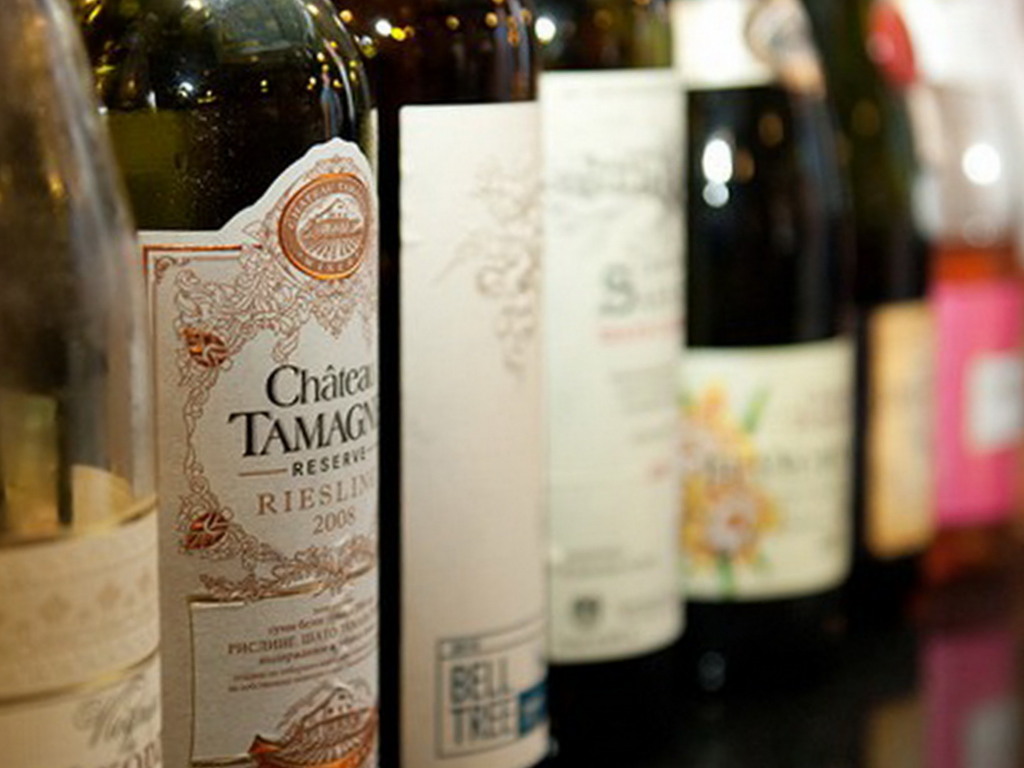
This article of my colleague Vasily Raskov appeared on the JS blog a week ago and covers a great exhibition of Russian wines held in the office of Afisha Eda — the leading food and wine edition in Russia.
«Russian wine journalists, restaurateurs and wine producers gathered in the “kitchen” of Afisha-Eda (the main Russian gastronomic journal) to taste and discuss Russian wines. The interest of our professionals in local wines is much bigger than it seems. The event was attended by the cream of food and wine journalism.
There were 42 wines from 11 producers, starting with Russian bubbles (one of them was red), going through a dozen whites, a couple of roses and a huge pack of reds crowned by the Daghestanian “sherry” and “madera.” Here in Russia, we like to replicate everything that we like, even if our national self-respect encourages us to search for authenticity. After all, that red sparkling wine was made from a local grape variety called Tsimlyansky Cherny and “using an old traditional Kazak method,” as they say.
Indeed, there were two major points for discussion: 1) Are there any really distinctive local grapes upon which we can build the Russian wine identity? 2) Do we have any really distinctive terroirs, and which grape varieties (international or local) could express them best? And certainly there is also another important question for any wine journalist: 3) Does Russian wine really exist?
Well, it does. At least, it is hatching. Even if the majority of samples evoked some controversy, about half of the wines were technically good and had interesting personalities, and four or five wines gave me real pleasure. “Viognier de Gaï-Kodzor” was impressively fresh, pure and rich. Who knows, maybe calcareous stony lands of the Black Sea coast will become the next suitable motherland for this grape.
One hundred percent Grenache was used by Lefcadia to produce supple, elegant, structured Provance-like rosé. About 10 Rhône varieties are under study in the Gaï-Kodzor winery, consulted by Alain Dugas from Châteaneuf’s Château La Nerthe. However, Mourvedre-Syrah-Grenahce blends are not successful yet, with the vines being too young.
The Swiss family Burnier makes here (but sells exclusively at home) a pretty stylish, very European Cabernet Sauvignon. Cabernet, Merlot and Bordeaux blends are among the most cherished dreams of both industrial giants and “garagistes.” “Papa Gena” by Gennadiy Oparin and “It’s My Wine Blend #2” by Alexey Tolstoy showed that French oak and French oenologists are not prerequisites for good Russian wine; fruity, structured and balanced.
Yanis Karakezidi’s “Stretto” trinity – Cabernet, Merlot and Krasnostop – are impressive, concentrated and expensive. Local grape Krasnostop is probably our biggest hope. Tsimlyansky Cherny (that means Black of Tsimlyansk, a town in the Rostov region) is another local grape variety – more difficult, but worthwhile to struggle with».
Published on JamesSuckling, September 19th, 2012, Read original
]]>